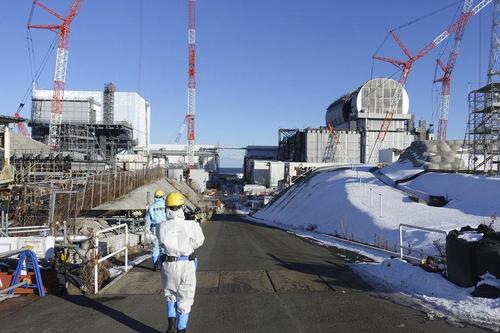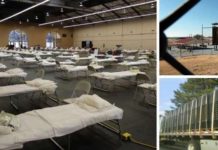Over seven years after the devastating earthquake and tsunami that crippled Japan’s Fukushima nuclear power plant, the Japanese government has admitted that a former plant worker has died as a result of radiation exposure.
While the 2011 earthquake and tsunami killed approximately 19;000 people; as NPR’s Elise Hu reported, and “most drowned within minutes;” this is the first radiation-exposure-based death since the incident (the radiation plumes caused by Fukushima’s meltdowns spread up to 25 miles away)


A radiation monitoring post next to one of the temporary homes. It indicates 0.276 micro sv/h; which is three to four times higher than the normal level.
NPR reports that the country’s health and labor ministry has said the man’s family should be paid compensation; according to state broadcaster NHK.
It’s not clear precisely when the man died. He was in his 50s; NHK said; and his duties included “measuring radiation levels at the plant immediately after the severe nuclear accident.”
He left his job there in 2015; and was diagnosed with lung cancer before his death.
The ministry said that he “developed cancer due to total radiation exposure of around 195 millisieverts;” NHK reported.
According to Reuters; exposure to 100 millisieverts of radiation in a year “is the lowest level at which any increase in cancer risk is clearly evident.”


While this is the first fatality that was attributed to radiation; NHK says four workers who have cancer have been deemed eligible for compensation (while at least five applications for compensation have been denied).
One of them; who is suffering from leukemia; was awarded compensation last December; according to The Asahi Shimbun.
He “was engaged in emergency operations to send water to cool the reactor containment vessels and assess the extent of damage;” the newspaper said; and did so for months after the disaster started.
We suspect there will be considerably more to come as NPR notes that Nature reported in 2012, two assessments by the United Nations Scientific Committee on the Effects of Atomic Radiation and the World Health Organization, showed that “167 workers at the plant received radiation doses that slightly raise their risk of developing cancer.”























